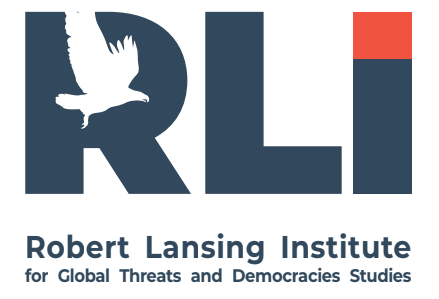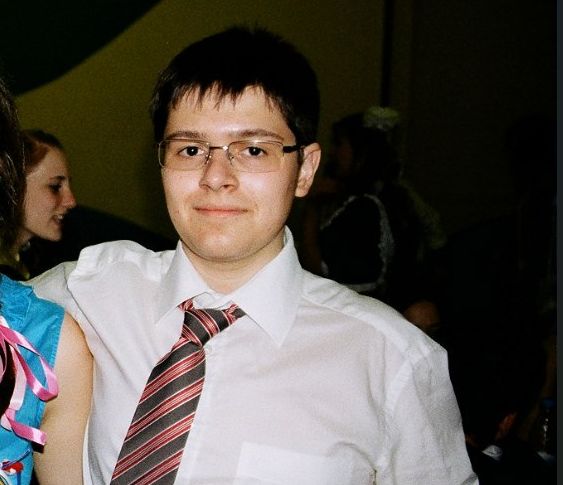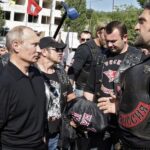After the expulsion of Russian intelligence officers operating under diplomatic cover, the Kremlin has increased the insertion into European countries of intelligence officers working under journalistic cover. This reflects a shift in Russian intelligence priorities from classic espionage to influence and disinformation operations. For example:
- In June 2024, Austria revoked the accreditation of two TASS correspondents—Ivan Popov and Arina Davidyan—after discovering their links to the SVR. At the end of August 2024, new correspondents, Olga Kukla and Maxim Cherevik, arrived at the TASS bureau in Vienna. Their discrediting stemmed from the fact that, before being sent to Austria, they ordered food to a safe apartment in a ministry building of Russia’s Foreign Intelligence Service in Yasenevo (Moscow). Phone records indicate they were in direct contact with a lecturer at the SVR Academy who trains “illegals” for operations in German-speaking countries. The consultation was evidently about country studies and language issues. Examining the SVR personnel involved in the Austrian case points to poor legend-building and weak staff selection. For instance, Olga Kukla had never worked in journalism yet “suddenly” became a TASS correspondent in Vienna—an appointment that implies serious patronage for a state propaganda agency. She completed a master’s degree at the University of Leipzig and got a job at Novatek.
- Maxim Cherevik was born in Novosibirsk to a nuclear engineer; his mother, Elena, is a businesswoman. After graduation he interned at Rosneft, and later appeared as a TASS correspondent in Beijing. From China he filed only four items before being recalled to Moscow. In 2024, ahead of the World Youth Festival in Moscow, Cherevik and the head of TASS’s Balkan press bureau, Stanislav Varivoda, ran the propaganda project “New Superheroes,” where guests from Africa, Europe, the United States—and Vladimir Taranenko, a Putin proxy in the unrecognized “DPR”—talked about “the future” as they saw it.
Kukla and Cherevik ordered pizza and drinks nine times to an apartment in a high-rise at 22 Tarusskaya Street, Building 3. The building, constructed in 2012, houses the SVR’s headquarters unit (military unit 28178) and 220 families of foreign-intelligence officers, including “Zaslon” operatives nominally assigned to the Foreign Ministry and “journalists” working under the cover of state media. Unit 28178 conducts multi-billion-ruble procurement for the SVR and is a founder of the SVR sanatorium “Porechye” near Mozhaisk. The apartment on the 14th floor that received the deliveries is a safe house, fitted out like a small classroom and, with high probability, used to prepare officers for foreign postings. The apartment is under SVR operational control.

In addition to the Tarusskaya deliveries, orders were placed—using Cherevik’s phone number—to 21 Yasnogorskaya Street, Building 3, another address where SVR service apartments are issued. In 2011, residents of the Yasenevo district protested the construction of this high-rise, staging pickets and filing complaints with the SVR and city hall; they even set a drilling crane on fire, but failed to stop the project.

Phone billing records show that, before his posting to Austria, Cherevik contacted Svetlana Strelkovskaya, who had worked for the SVR under Aeroflot cover before moving to a teaching position at the SVR Academy (military unit 27147). At the academy she specialized in country training for illegals operating in Germany, Austria, and Switzerland.
At first glance, neither Olga Kukla nor Maxim Cherevik should arouse suspicion—nothing in their biographies openly points to ties with the security services. Yet even a cursory check raises questions: Why did Kukla, who had neverworked in journalism, suddenly decide to become a TASS correspondent in Vienna? Born in Tyumen, she graduated from MGIMO in energy economics, interned as a student at Gazprom Geologorazvedka and the Transneft Research Institute, completed a master’s at the University of Leipzig, and then took a job at Novatek. There are no traces of Kukla’s prior work for TASS—or anywhere in journalism.
Judging by expected output, Cherevik should be filing Austrian news every 8–12 days. On September 3 he sent his first item to TASS about staff from the Russian House in Vienna visiting the Aspern cemetery, where 130 Soviet citizens are buried. On September 15, under his byline, TASS ran a report on a Vienna meeting between IAEA Director General Rafael Grossi and Rosatom head Alexei Likhachev. On September 27, he wrote about a lecture at the Russian House by Alexei Konopatchenkov, a graduate of the Moscow Institute of Electronics and Mathematics and a vice-president of the International Committee of Mauthausen Concentration Camp Prisoners.
TASS as a KGB–SVR Branch
Since Soviet times, Austria has been one of the key operational theaters for the KGB’s First Chief Directorate because the country hosts dozens of headquarters of major international organizations—IAEA, OPEC, OSCE, and others. TASS “cover officers” not only conducted espionage but also took part in active measures, planting disinformation in European media. For example, the KGB residency in Vienna was long headed by General Vyacheslav Kevorkov, who spied under the cover of a TASS special correspondent and simultaneously oversaw the Komsomolskaya Pravda bureau opened in 1976 at Lubyanka’s request. He was the prototype for the KGB resident Vitaly Slavin in the TV series “TASS Is Authorized to Declare.” After the USSR collapsed, Kevorkov was not recalled and continued working in Austria before moving to Germany, where he lived until his death in 2017.
Today, TASS not only engages in espionage but is also one of the Kremlin’s principal propaganda megaphones. The agency frequently circulates disinformation crafted by SVR press-bureau chief Sergei Guskov, who began his career in the KGB’s political-intelligence directorate. For instance, in July, citing the SVR, TASS reported that U.S. and British representatives allegedly held a secret meeting at an Alpine resort to discuss replacing Ukrainian President Zelensky. In August, again citing the SVR, TASS ran a “story” claiming German Chancellor Friedrich Merz was obsessed with revenge for the Soviet defeat of Nazi Germany.
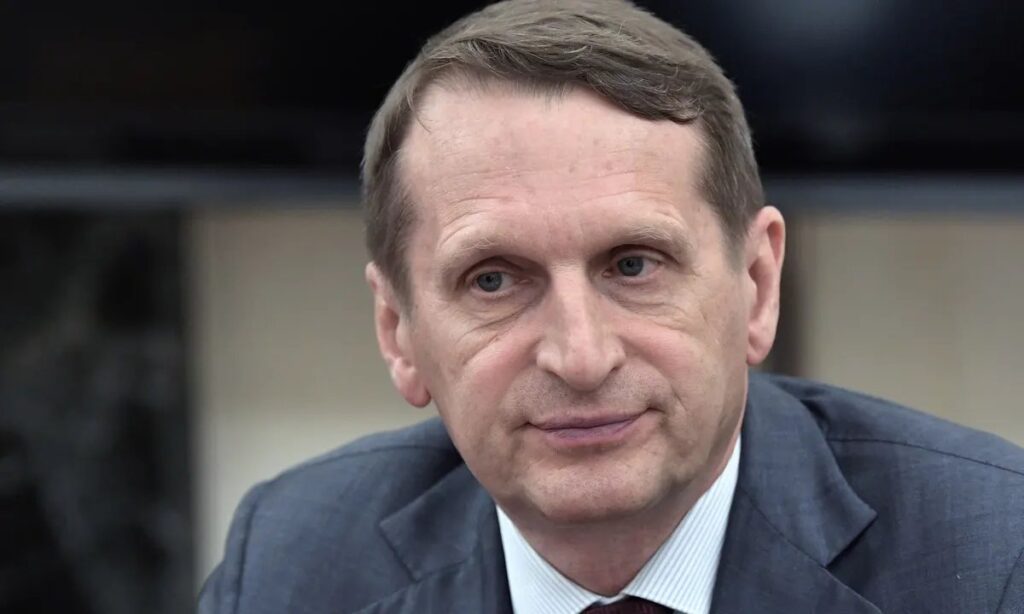
It is likely that the handler for the TASS journalists Ivanov and Davidyan, who were expelled last year, was Andrei Prosvirnikov, First Secretary at Russia’s embassy in Vienna and an operative there since 2016. He previously served in military unit 54939 (disbanded in 2015), which carried out disinformation dumps and monitored social networks; its office was in Moscow’s so-called SVR Residents’ House on Goncharnaya Street. After the expulsions, Prosvirnikov’s name disappeared from the embassy’s diplomatic list. On August 18, Russia’s ambassador in Vienna, Dmitry Lyubinsky, was recalled to Moscow and appointed a Deputy Foreign Minister by presidential decree.
The “cuckoo” apartment on Tarusskaya Street—the one from which Kukla and Cherevik placed orders—did not stand empty after they left.
Cherevik was supposed to file Austrian stories every 8–12 days. On September 3, he sent his first note about the Russian House in Vienna (an institution affiliated with the FSB) visiting the Aspern cemetery. On September 15, under his signature, TASS reported on the Grossi–Likhachev meeting in Vienna; on September 27, he covered a lecture at the Russian House by Alexei Konopatchenkov, the vice-president of the International Committee of Mauthausen Prisoners.
TASS as a KGB–SVR Branch (reiterated)
Since Soviet times, Austria has been one of the primary operational directions for the KGB’s intelligence, owing to its concentration of international organizations (IAEA, OPEC, OSCE, etc.). TASS-covered operatives not only spied but also engaged in active measures by planting disinformation in European media. The KGB residency in Vienna was long led by General Vyacheslav Kevorkov, who worked under the cover of a TASS special correspondent and also supervised the Komsomolskaya Pravda bureau opened in 1976 at Lubyanka’s request. He inspired the character of the KGB resident Vitaly Slavin in “TASS Is Authorized to Declare.” After the USSR fell, Kevorkov was not recalled, continued working in Austria, then moved to Germany, where he lived until 2017.
Today almost nothing has changed. TASS not only conducts espionage but is one of the Kremlin’s main propaganda outlets. It often spreads disinformation devised by Sergei Guskov of the SVR press bureau, who began in the KGB’s political intelligence. For example, in July, citing the SVR, TASS reported a supposed secret U.S.–UK meeting in an Alpine resort to discuss replacing Zelensky. In August 2025, again citing the SVR, TASS published a “story” claiming German Chancellor Friedrich Merz was allegedly obsessed with revenge for Nazi Germany’s defeat.
LINK
The handler for the TASS journalists Ivanov and Davidyan expelled last year was likely Andrei Prosvirnikov, First Secretary of Russia’s embassy in Vienna since 2016. That unit carried out disinformation dumps and social-media monitoring; its office was in Moscow’s SVR Residents’ House on Goncharnaya Street. After the expulsions, Prosvirnikov’s name vanished from the embassy roster. On August 18, Ambassador Dmitry Lyubinsky was recalled and appointed a Deputy Foreign Minister. Two weeks ago Austria saw another major spy scandal: counterintelligence detained a senior employee of the energy company OMV (name undisclosed). Services had monitored him for months and observed frequent meetings with a Russian diplomat. A search of his home turned up numerous confidential OMV documents. Austrian authorities demanded Russia lift the diplomat’s immunity—under the Vienna Convention, he would then automatically be declared persona non grata.
The safe apartment on Tarusskaya Street, from which Kukla and Cherevik placed orders, was subsequently occupied by Alexei Yashin, who previously listed his address as the “White Nights” residential complex. We believe he transferred to the SVR from the FSB’s Special Operations Center (CSN). Evidence includes his yearly participation in a ski marathon in Kirzhach commemorating fallen CSN FSB officers.
Yashin now serves in the SVR’s “Zaslon” special unit, which, during visits to “problem” countries, protects senior officials, generals, and top managers of major state companies. For example, in September 2020 he escorted a large group of Gazprom Neft and Novatek employees to Baghdad, and in August 2022 guarded secret cargo from Damascus. On the Syrian Airlines flight were five more Zaslon operatives and a senior officer from the SVR’s Illegals Directorate.
Conclusion. Russian intelligence suffers from poor discipline and lapses in tradecraft—cover and legend maintenance. This problem became obvious in 2016, when Russian military intelligence (GRU) operatives compromised themselves by forgetting taxi receipts from GRU headquarters to Moscow’s airport. We can therefore assert that after 2014 the quality and professionalism of Russian intelligence personnel dropped sharply, increasing the vulnerability and exposure of foreign agent networks. We are convinced that the SVR’s frequent forays into the public sphere with dubious claimsreflect leadership in Yasenevo’s own assessment of residency quality abroad. This has pushed the service to emphasize disinformation packaged as “intelligence-derived” reporting. We also believe the crisis in this sphere will deepen, given recruitment priorities that favor personnel who have fought in Ukraine but lack the necessary education and are suffering from PTSD.

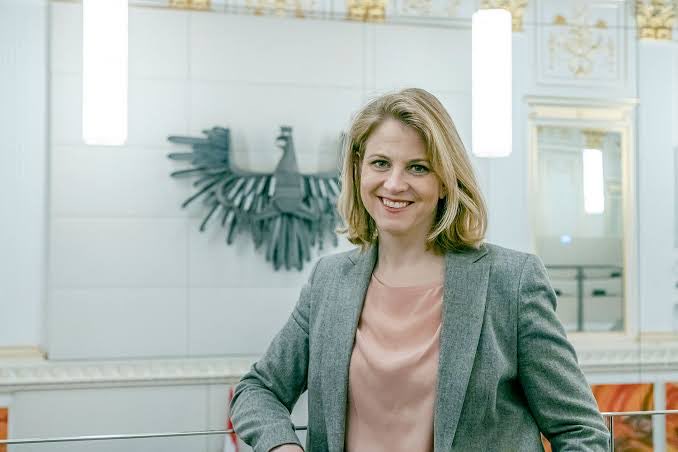
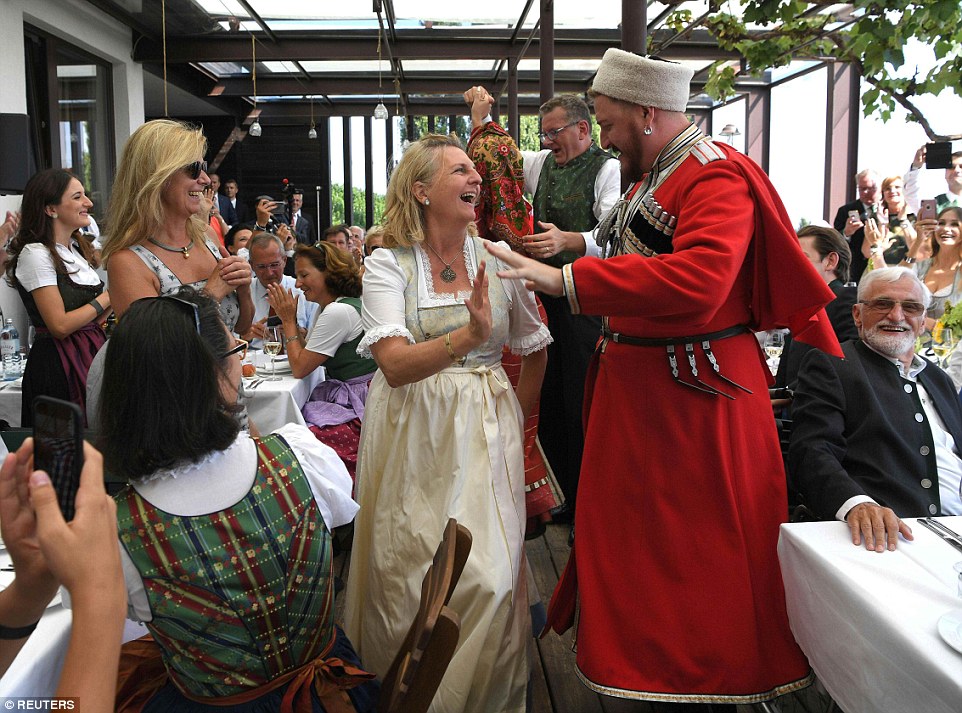
More on this story: Kneissl case to show how deeply Russian intelligence penetrated EU
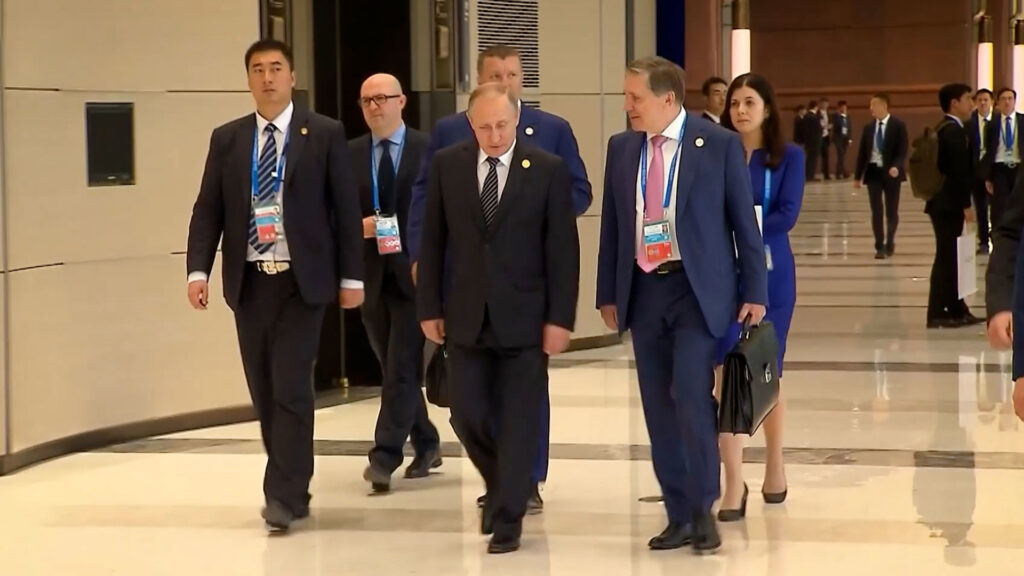
More on this story: Moscow sets the stage for intelligence infiltration into OSCE PA
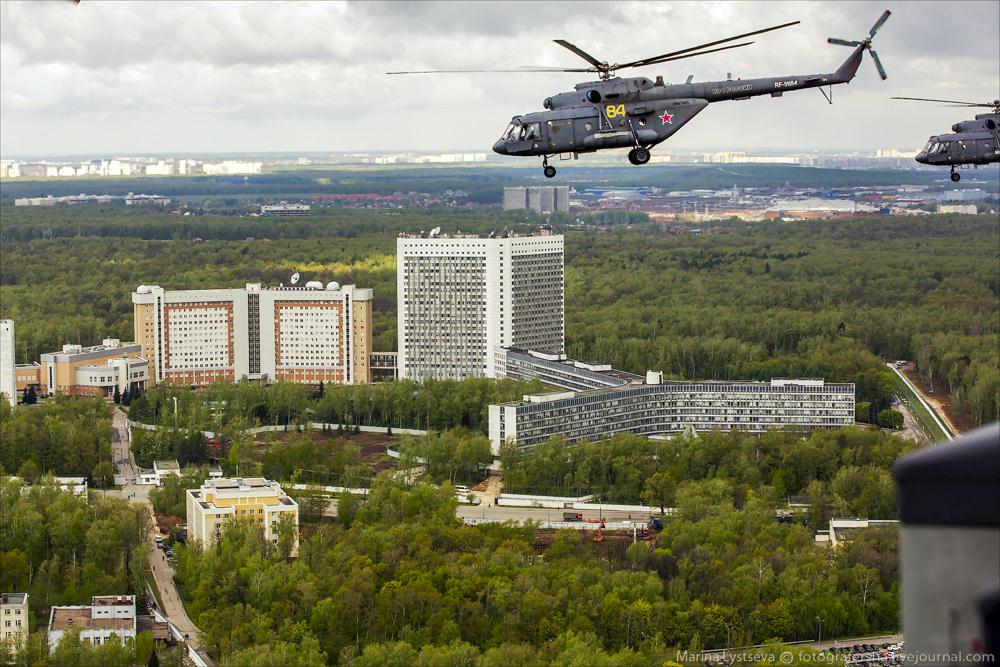
More on this story: Russian intelligence cover structures abroad
